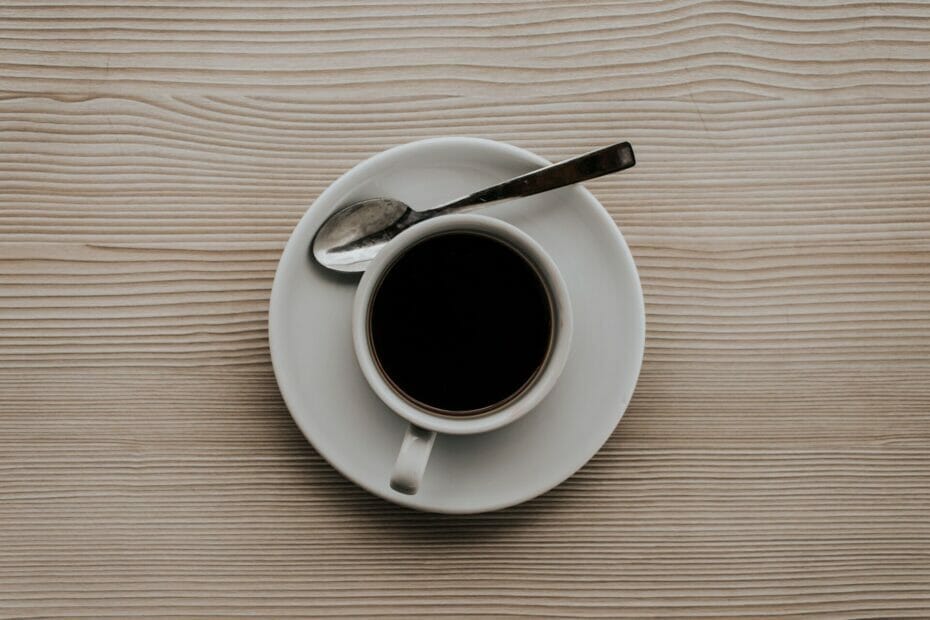How Much Does A Teaspoon Of Coffee Weigh?
Do you ever wonder how much a teaspoon of coffee actually weighs? Well, it’s a surprisingly difficult question to answer and depends on the type of coffee you are using, as well as other factors such as grind type and humidity.
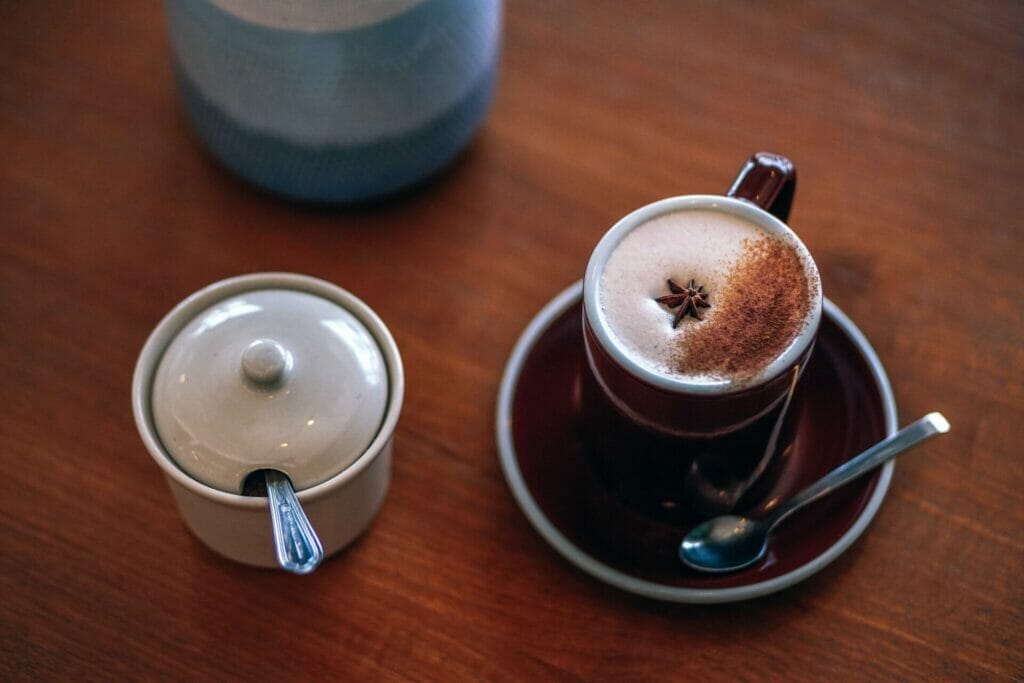
Generally speaking, one teaspoon of coffee grounds typically weighs between 2 – 3 grams. This means that for an espresso-based drink, each shot would be about 6 – 9 grams. If you are using instant coffee or a coarse French press grind, the weight per teaspoon may be slightly less.
It is important to weigh out your ingredients if precision and consistency are important to you. For many brewing methods including espresso and pour-over, differences of even half a gram can result in significantly different flavors extracted from the same amount of beans.
What Is The Weight In Grams Of Ground Coffee In A Tablespoon And A Teaspoon?
If you’re brewing espresso with a fine grind size, then it’s likely that your tablespoon will have closer to 7 grams and your teaspoon closer to 4 grams. If you’re using course grounds for filter or pour-over brewing, then it’s likely the amount will be lower – around 5 and 2 grams respectively.
It’s important to weigh out your grounds accurately in order to achieve consistent results with each cup you brew – so make sure to use an accurate scale!
What Is The Weight In Grams Of A Tablespoon And A Teaspoon Of Instant Coffee?
The exact weight in grams of a tablespoon and teaspoon of instant coffee crystals can vary depending on the brand, but as a general rule of thumb, you can use the following guide: a tablespoon of instant coffee usually weighs around 8.1 grams while a teaspoon usually weighs around 2.7 grams.
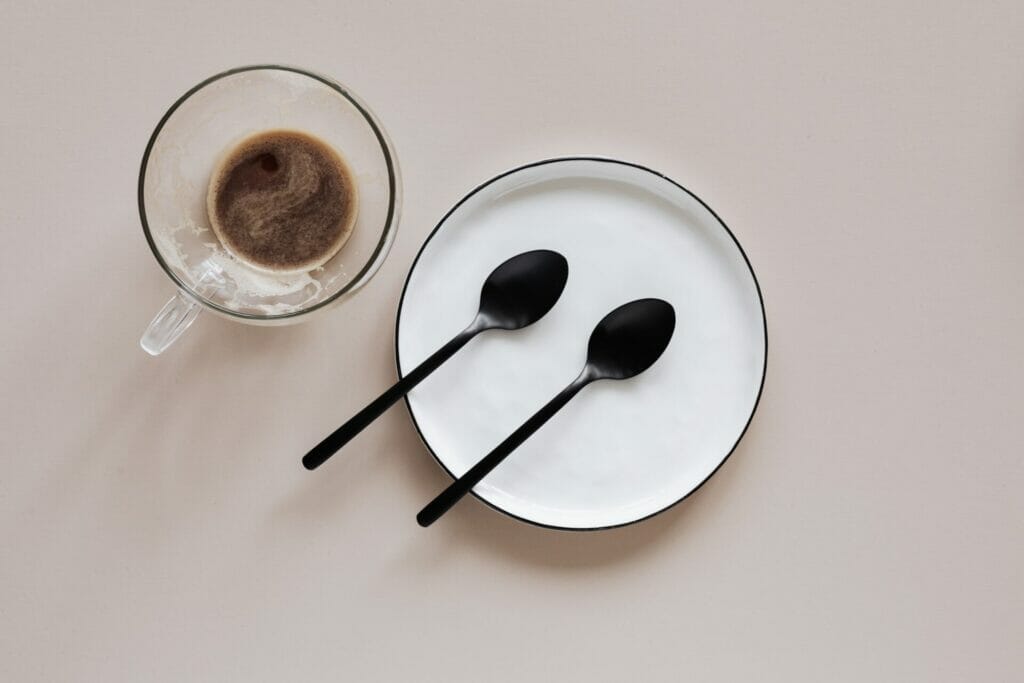
On average, one cup or eight ounces of brewed coffee requires two tablespoons (or 1/2 ounce) or six teaspoons (or 1-1/2 teaspoon) of instant coffee for an appropriately strong taste. So if you’re looking to make one cup worth of instant coffee, then you should measure out approximately 16.2 grams with a tablespoon or 8.1 grams with a teaspoon.
What Is The Caffeine Content Of One Spoon Of Instant Coffee?
The amount of caffeine in instant coffee is typically much lower than that found in regular brewed coffee. For example, an 8-ounce cup of regular ground coffee beans can have anywhere from 95 to 200 milligrams of caffeine, depending on its brewing style and roast type. That said, if you’re looking for a quick jolt of energy, instant darker coffee may not give it to you – but it could still be a great way to start your day!
How Do You Measure Instant Coffee Without Weighing It?
Measuring instant coffee scoops without weighing them can be tricky, but it doesn’t have to be! There are a few methods you can use to properly measure your perfect coffee weight without relying on a scale. As with any other type of dark roast coffee, it’s important to make sure you’re using the right amount, or else you’ll end up with a flavor that’s too strong or too weak.
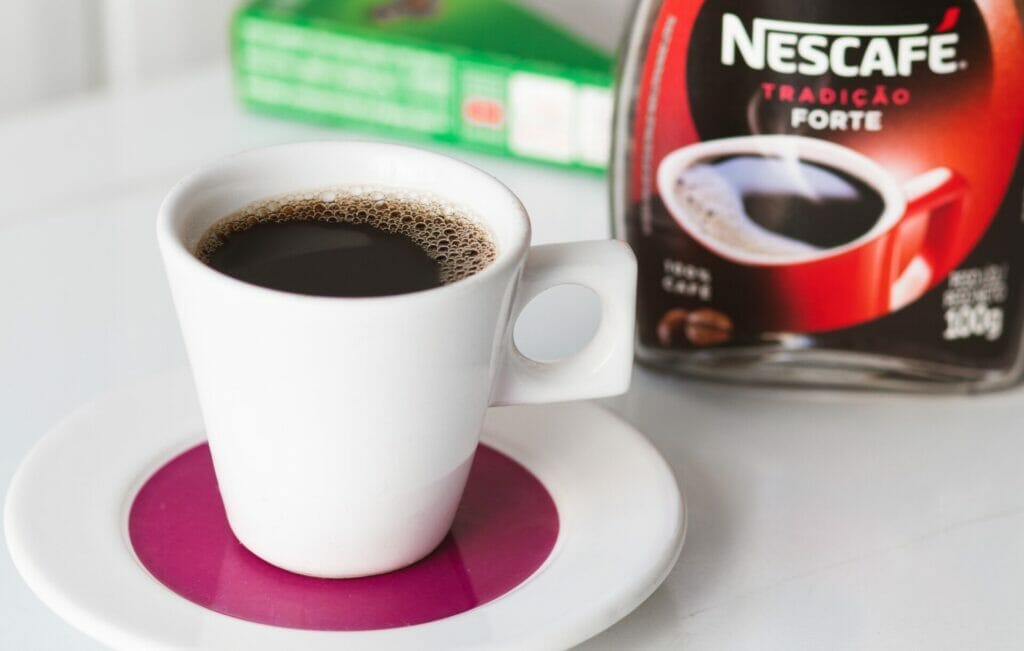
The first method is really simple: just use teaspoons. A teaspoon of instant coffee generally equates to one cup of brewed coffee. If you don’t have a teaspoon handy when measuring, then you can try using tablespoons instead. However, keep in mind that you’ll need two tablespoons for each cup of brewed coffee strength.
The second method is to simply eyeball the volume of ground coffee powder into your mug. Be sure to aim for evenly distributed heaps that aren’t too dense or too thin—a rounded tablespoon should do the trick!
Why Does The Quantity Of Coffee Matter?
Whether you’re a die-hard coffee drinker or a casual consumer, it’s important to understand why the number of standard coffee matters. Knowing how much to use when you’re brewing up your morning cup can help you get the perfect flavor and strength of your favorite java.
Different methods and machines require different amounts of grounds in order to brew that perfect cup. Too little, and it may come out weak or tasting bland — too much, and it might be over-extracted and overly bitter.
Knowing the correct ratio of coffee grinds is essential if you’re trying to make sure you have a perfectly balanced flavor in whatever type of brew you make.
The ratio of water to grounds will determine the level of caffeine along with bitterness, acidity, clarity, and brightness that end up in your cup. Getting the right balance means understanding how much ground coffee per tablespoon will yield the desired result for your favorite method.
How Should You Use Brew Ratios?
Begin With The Amount Of Coffee You Want To Use
When using brew ratios for your coffee, it’s important to start with the amount of coffee you’d like to use. It is the first factor that determines your brewed coffee’s flavor and strength; so before you can decide on a ratio, you first need to select the number of beans you’ll be using.
An easy way to do this is by determining how many cups or shots of coffee you would like to make. For instance, if you need one cup of coffee, you will use a different amount of grounds than when making four cups.
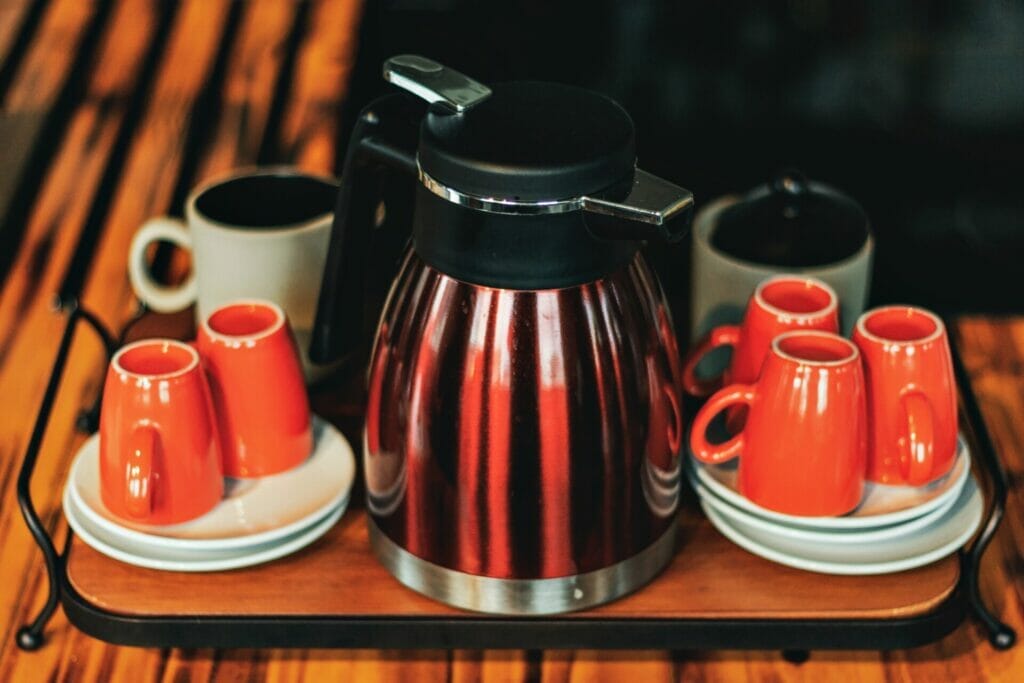
Determine How Much Coffee You Want To Make
Brewing coffee is a complex process and it all starts with determining how much coffee bean roast you want to make. It’s important to first figure out the gram of coffee you need for a quality cup, and this can be done by using brew ratios.
Brew ratios are calculated based on the ratio of dry coffee to liquid coffee, which is measured in ounces (or grams). For example, if you have 12 ounces of water and 8 ounces of ground espresso, then the resulting brew ratio would be 1:2. This indicates that your brewed cup will yield approximately two cups of espresso. You’ll then need to adjust the grind size depending on the consistency of the desired drink.
By accurately calculating your brew ratios and making adjustments accordingly, you’ll ensure that each cup of joe you make meets your expectations! Let’s get brewing!
Brew Ratios For Each Brewing Method
Brewing is an art form and finding the optimal brew ratio for each brewing method is essential if you want to enjoy delicious coffee. With Brew Ratios For Each Brewing Method, you can figure out the exact amounts of coffee-to-water ratio needed for any type of brewing device, from a french press to a pour-over.
This way, no matter what device or coffee beans you use, you can make sure your coffee tastes perfect. You’ll also be able to achieve consistent results each time as you’ll know what ratios work best with each brewing process.
Whether it’s French Press or Chemex, Aeropress, or Moka pot, having the right brew ratio can take your cup of Joe to a whole new level! So don’t forget to get familiar with Brew Ratios For Each Brewing Method and treat yourself to the best possible cup of coffee!
How Much Coffee Do You Need For 6 Cups?
Brewing coffee can be complicated, especially when it comes to the amount of coffee you need for the perfect cup. Fortunately, there are some standard “brew ratios” that most people use when attempting to make six cups of coffee.

When brewing with a traditional drip or filter machine, the ideal ratio is between 1:15 and 1:18 parts water to every one part ground coffee. That means that if you’re making 6 cups of coffee (or 36 fluid ounces), you would need between 3 and 3.75 ounces of ground beans.
For a French Press, it’s typically suggested that you have a ratio of 1:12 – so if you’re making 6 cups, you would need 3 ounces of ground bean coffee. For espresso machines, the recommended ratio is 1:2, which means that if you want to make six shots worth of espresso, then 12 ounces of grounds will do the trick!
